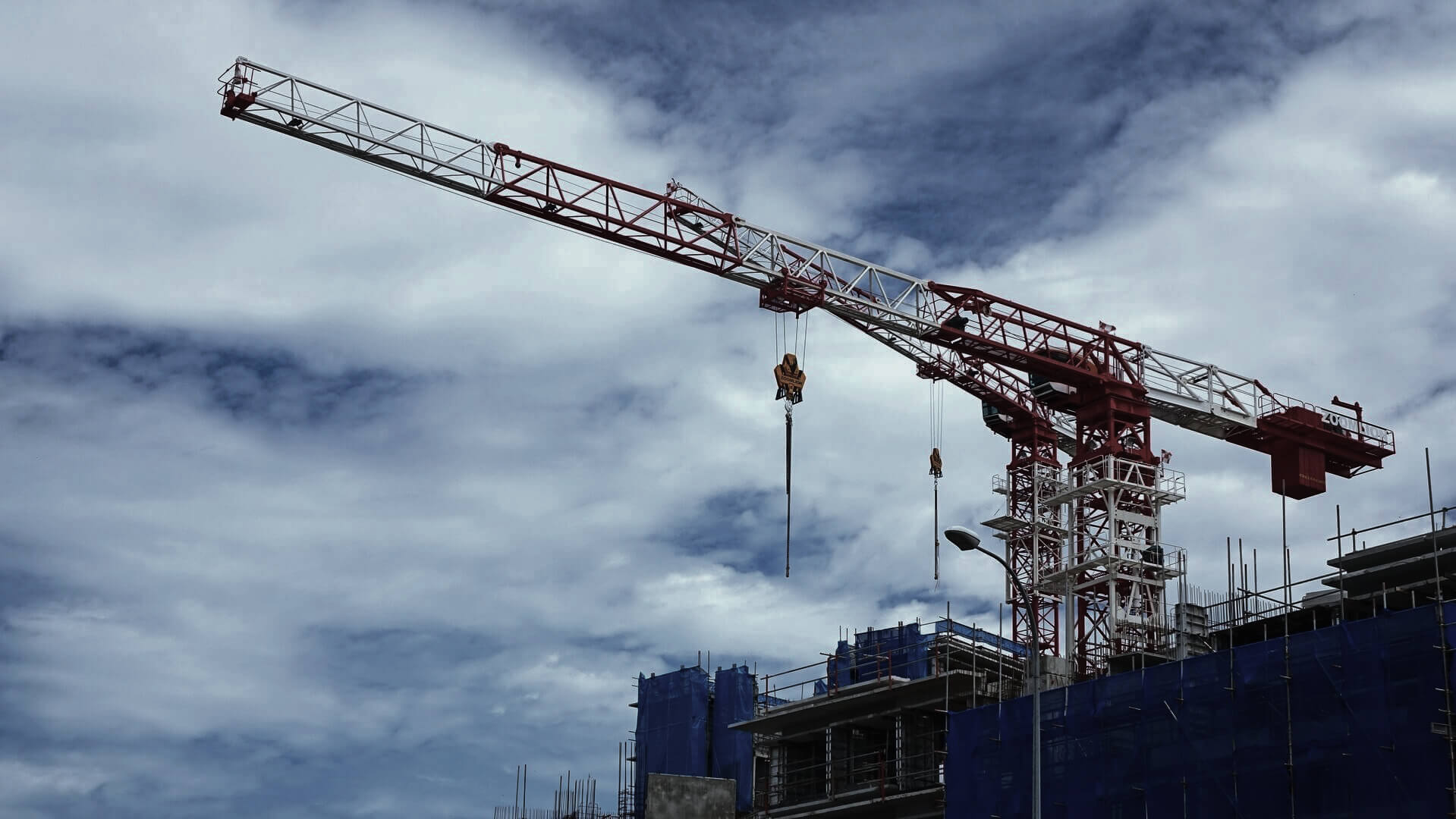Italian Tax Deductions for Renovation: 2025 Guide
If you’re the proud owner of a home in Italy—or you’re about to become one—there’s a good chance you’ve heard about tax deductions for home renovations. If not, get ready for a pleasant surprise. These tax advantages can be a huge money-saver when you plan clever updates to your Italian property. Whether you’re dreaming of installing a rustic Tuscan-style kitchen or giving your holiday villa a modern facelift, you’ll want to know exactly how to benefit from Italy’s renovation-friendly tax system.
Think of this guide as your helpful friend who’s already navigated the labyrinth of Italian bureaucracy and is excited to show you the way. We’ll walk through the key points you need to understand, from the basics of Italy’s renovation tax breaks all the way to practical tips for dealing with paperwork in a foreign language. Let’s get started!
Understand how tax deductions for home renovations work
Italy actively encourages homeowners, including foreign owners, to invest in restoring and improving their properties. The government rewards these improvements through tax deductions, effectively reducing your taxable income. In practical terms, this means you can recover a percentage of what you spend, provided you follow the official rules.
The basic concept (updated for 2025)
In 2025, the deduction rates have changed:
- For primary residences, the deduction is 50%
- For second homes and other properties, the deduction is 36%
These apply to a maximum spend of €96,000 per unit, and the deduction is spread over 10 years (5 years for the Sismabonus and Bonus Barriere Architettoniche).
From 2026 to 2027, these rates will decrease further to 36% for primary residences and 30% for other properties.
Why Italy offers these incentives
The goal is to preserve Italy’s architectural heritage, promote energy efficiency, and ensure seismic safety—all while boosting the economy and creating jobs. These programs encourage investments in structural integrity, sustainability, and modernization, especially in historic or rural areas.
Identify key renovation incentives
✅ Bonus Ristrutturazione (Renovation Bonus)
2025 deduction:
- 50% for abitazioni principali
- 36% for other properties
Cap: €96,000 per unit
✅ Ecobonus (Energy Efficiency)
2025 deduction:
- 50% for primary homes
- 36% for others
Includes insulation, solar, windows, and heat pumps (but fossil-fuel-only boilers are no longer eligible)
✅ Sismabonus (Anti-Seismic Bonus)
2025 deduction:
- 50% for primary homes
- 36% for others
Cap: €96,000; valid only for high-risk seismic zones, based on class improvement
❌ Superbonus
No longer available for new projects after October 15, 2024.
Only still valid at 65% in 2025 if:
Some areas affected by natural disasters may still access 110% under special rules
CILA or permit submitted before Oct 15, 2024
Combining multiple incentives
It’s still possible to combine bonuses (e.g., Ecobonus + Sismabonus) if each part of the work is clearly separated and meets requirements. Just remember, each must be documented and budgeted within its own capped amount.
Who can claim these deductions?
Anyone who pays taxes in Italy and has a Codice Fiscale can access these bonuses. For the 50% rate, the property must be designated as your abitazione principale (main residence) by the time work is completed.
⚠️ Tenants and cohabitants can only claim the 36% rate and not the enhanced one for main residences.
What renovations qualify?
Your project must aim to improve the structure, energy performance, accessibility, or safety of the home. Purely cosmetic work is not usually eligible—unless part of a broader renovation.
Structural improvements
No change: foundations, roofs, walls, etc.
Energy efficiency upgrades
Boilers powered only by fossil fuels are excluded from deductions in 2025, unless used in a hybrid system with a heat pump.
Historic property updates
Still eligible. Local permissions (e.g., Sovrintendenza) may be required. The new rules do not restrict eligibility for historical buildings but may impact deduction ceilings for high-income earners (see below).
Income-based deduction limits (new in 2025)
Starting in 2025, if your annual income exceeds €75,000, your total deductible expenses—including renovations—are capped.
| Income Level | Base Deduction Cap | Cap (0 kids) | Cap (1 kid) | Cap (2 kids) | Cap (3+ kids or 1 disabled) |
|---|---|---|---|---|---|
| €75,000–€100,000 | €14,000 | €7,000 | €9,800 | €11,900 | €14,000 |
| Over €100,000 | €8,000 | €4,000 | €5,600 | €6,800 | €8,000 |
Note: Healthcare and mortgage interest are excluded from this cap.
Payment and documentation
Still mandatory:
- Use bonifico parlante for all payments
- Include correct codes and tax IDs
- Keep invoices, permits, and receipts for at least 10 years
Common mistakes to avoid (2025 context)
- Missing Superbonus deadlines (no new claims after Oct 15, 2024)
- Installing ineligible heating systems
- Exceeding deduction caps based on income
- Claiming 50% on second homes (only 36% applies)
- Incorrect bonifico format or missing permits
Final tips for 2025–2027
For foreigners, timing and paperwork matter more than ever. Get local professional help if needed.
If you’re renovating a main residence, try to complete spending in 2025 to access the 50% rate.
If your income is above €75,000, consult a tax advisor to plan your expenses wisely and avoid wasted deductions.
Always check that your home is correctly registered as a residenza anagrafica and abitazione principale to access the higher rates.



Leave a Reply